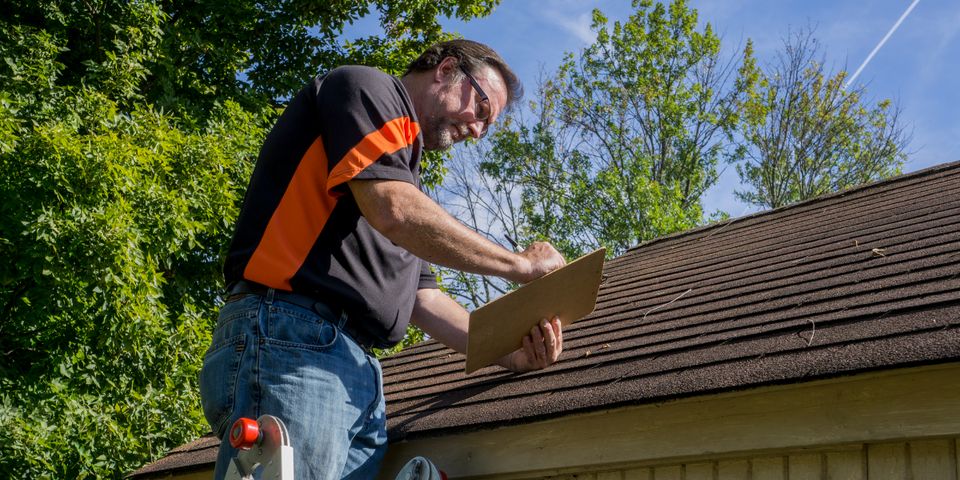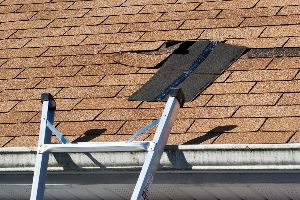
A home's roofing holds the structure together, regulates temperature, and keeps out the elements, so it needs to be sturdy. However, major weather events can still damage the roof and leave a home vulnerable. After big storms, it's essential to inspect the roof and assess any damage. Here's a guide on what to look for.
What to Know About Storm Damage to Your Roofing
Types of Damage
Different types of storms cause damage to different parts of the roof, and it's crucial to know what parts of your home are at highest risk after an extreme weather event. A few common issues are:
- Hail damage: Despite hailstorms being brief events, they can cause significant damage to a roof. The most common problem after hail is dented, loosened, and stripped shingles. While these conditions are rarely noticeable right away, they leave your roof more vulnerable to other types of damage and should be repaired immediately.
- Standing Water: Whether due to clogged gutters, dented shingles, or flat spots on the roof, standing water means trouble. If the water seeps under the shingles, it can quickly lead to rot and decay in the roof structure.

- Debris: If your house sits under or near a tree, storms may batter the roof with debris and leave it covered in branches and leaves. Smaller branches and twigs don't pose any problem, but larger limbs can impact the roof at high speeds, breaking shingles, damaging the supports, and breaching the underlayment. This leaves the roof vulnerable to moisture buildup.
- Wind damage: Winds in excess of 30 mph are strong enough to lift shingles off the roof and carry them away, leaving that section of your roof exposed to rain and sun, both of which lead to problems. Even weaker winds and gusts may be strong enough to cause shingles to lift temporarily, breaking the water-tight seal the shingles are designed to maintain.
How to Safely Check for Damage
Checking your roofing for damage can be as easy as stepping to the curb and looking at the shingles. If there is anything obviously damaged or askew, it's time to call a professional. If you want to get a closer look, it's safe to use a ladder to look at the surface of your roof. However, you should never get onto the roof itself, especially if there's the possibility of serious damage to the structure. Leave the rest for the professionals, who have access to the proper safety gear.
If your roofing has been damaged in a recent storm, reach out to Fimple Roofing in Omaha, NE. For over a decade, this locally-owned and -operated business has helped keep local homes protected from the elements by keeping roofs solid and sound. They perform full inspections to ensure your roof is completely sealing your home from the elements, even if there's no visible damage. Learn more about their storm damage repair services online, and call (402) 706-0356 for a free estimate.
About the Business
Have a question? Ask the experts!
Send your question

